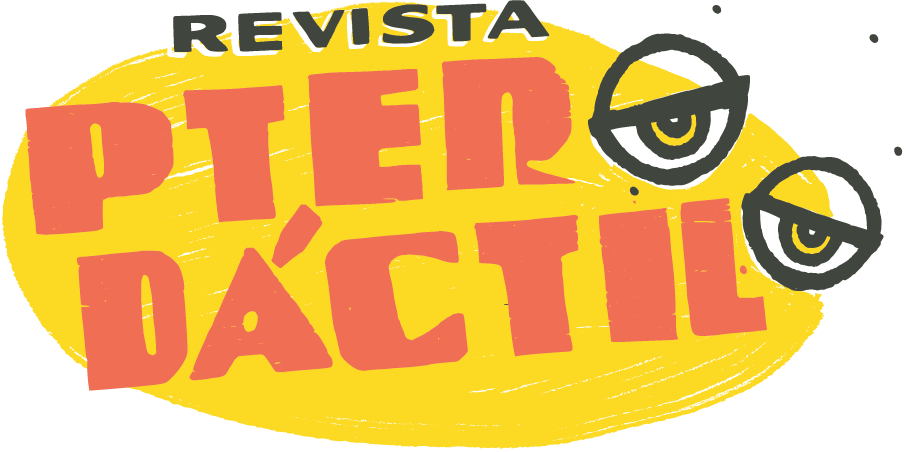Just back from a week at the California Rare Books School at UCLA, I have been thinking about the love of books. I have been thinking about the physical beauty of the object itself, about the pleasure we get when we hold in our hands a rough cloth binding or matte paperback or even a dogeared old bestseller we bought third- or fourth-hand at Half Price Books.
Rare Books School cultivates, among other things, a love for the material book. At CRBS you can learn to identify printing presses and types, lithographs and woodcuts, vellum bindings and aluminum inlays and firebrands burned into the paper edges of old books. David Szewczyk, one of the co-insructors for History of the Book in Latin America, brought a suitcase full of books from Philadelphia and so I had the opportunity to hold what is known (inaccurately) as a «rice paper» book: a book printed on native fibers in the Phillipines. I held, and there was something sacred in holding, announcements printed in seventeenth century Peru and catechisms «en lengua mexicana» from early colonial Mexico.
David Szewczyk’s collection was a special privilege: most of the books I saw in California were untouchable. At the Huntington the pages were turned for us by the estimable Stephen Tabor; at the Getty, the librarians who turned the pages wore gloves. These books are so precious they cannot be touched. They are, for the most part, accessible to the public, and yet they are hidden behind walls and under glass. No longer books, they have been turned into artifacts, and the places that hold them are not libraries but museums.
These early printed books carry a wealth of scholarly potential. But one does not read them for pleasure alone.
Except you can, now. At the Internet Archive, a project that both aggregates digital facsimiles of old books and actively archives the internet itself, you can view the four extant pages of the Manual de Adultos, the first known book printed in Mexico (Juan Pablos, 1540). The site also features my favorite early printed book, the Arte de la Lengua Aymara*. Printed by Jesuit monks at Juli (Peru) in the seventeenth century, the book presents what one bibliographer calls a «first-class mystery»: the monks had no legal right to have a printing press at Juli at all. Speculation suggests that they bribed a printer in Lima (Francisco del Canto) for the use of his name in order to evade the inquisition.
For those interested in early Mexican printing, the Primeros Libros project, run by Texas A&M in collaboration with several other important libraries in the US and Mexico, has digitized early Mexican printed books. Their collection includes books printed by Juan Pablos (the first printer in Mexico); Antonio de Espinosa (the first talented printer in Mexico); Luis Ocharte (prosecuted by the Inquisition for «lutheran sentiments»); and Antonio Ricardo (later to become the first printer in Peru). Their interface is beautiful and easy to use — almost like reading a book.
I am conflicted about digitization. It reduces the beauty of the object and the ‘rarity’ of these old books. But it gives us access to books we could never, otherwise, read.
*NB: One problem with the labyrinth of digitization: I’m not sure that this is the correct link. I had read about the «vocabulario de la lengua aymara» printed in Juli, but archives.org shows that title printed in Lima and this «arte…» printed in Juli. The title page is absent from the facsimile linked here, so I cannot confirm its accuracy.
